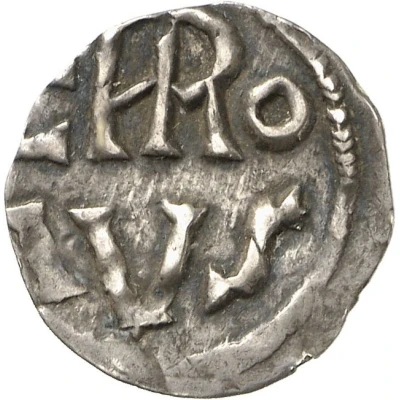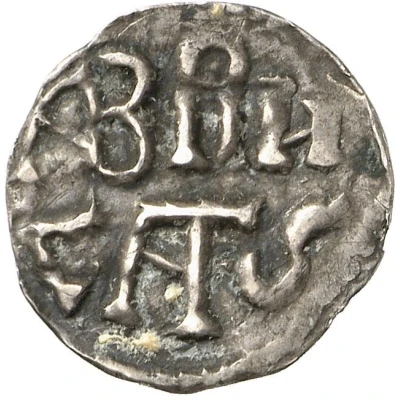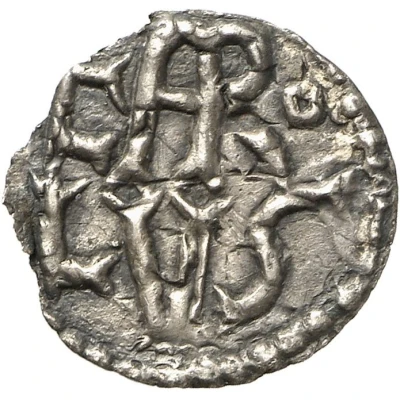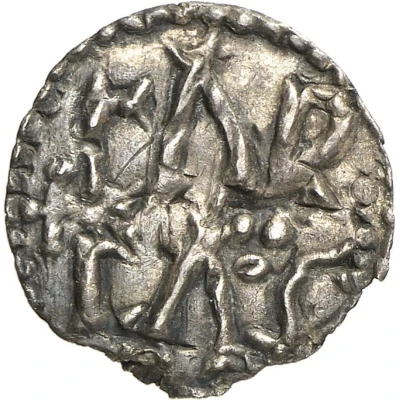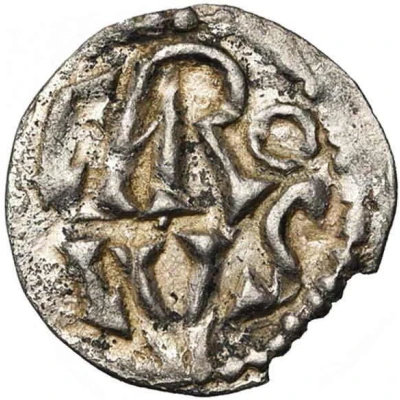
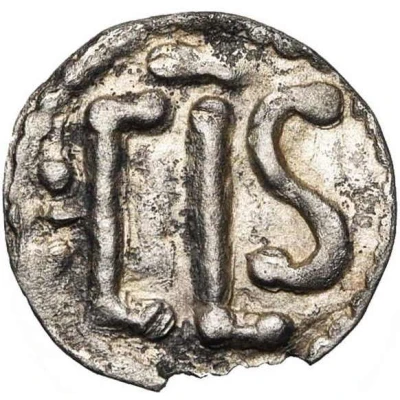

© Jean Elsen & ses Fils s.a.
Denier - Charlemagne Clusis
| Silver | 0.77 g | - |
| Issuer | Unified Carolingian Empire |
|---|---|
| King | Charlemagne (Karolus) (768-814) |
| Type | Standard circulation coin |
| Years | 768-793 |
| Value | 1 Denier (1⁄240) |
| Currency | Pound (751-843) |
| Composition | Silver |
| Weight | 0.77 g |
| Shape | Round (irregular) |
| Technique | Hammered |
| Orientation | Variable alignment ↺ |
| Demonetized | Yes |
| Updated | 2024-10-09 |
| Numista | N#345162 |
|---|---|
| Rarity index | 100% |
Reverse
Legend under a bar.
Script: Latin
Lettering: CLS
Unabridged legend: Clusas
Translation: Clusis.
Comment
This type has been the subject of much discussion. Different attributions have been proposed: Cologne (Colonis or Colonia Sancta), Mons (Castrilocus), Calais, Chelles and Sluis (Clusis). It is a considerable emission since several varieties are known, it must therefore come from an important mint. The style of the engraving and the location of the various finds allow it to be placed in the Netherlands. Moreover, an act of Charlemagne of December 775, addressed to the bishop of Strasbourg, mentions that customs duties were regularly paid in three ports: Dorestad, Quentovic and Sclusis (or Clusis in later confirmations). Even if the connection with the current Sluis seems doubtful, it is obvious that it is an important maritime port which probably disappeared in the 9th century and was replaced by Bruges, as well as those of Dorestad and Quentovic were respectively replaced by Tiel and Boulogne (M.E.C. I, p. 635).Interesting fact
One interesting fact about the Denier - Charlemagne (Clusis) coin is that it was minted during a time of significant economic and political change in Europe. The Unified Carolingian Empire, which Charlemagne ruled, was a period of relative stability and prosperity, and the coinage issued during this time reflected the growing economic power of the empire. The Denier coin, in particular, was widely used for trade and commerce, and its silver content made it a valuable and reliable form of currency.
